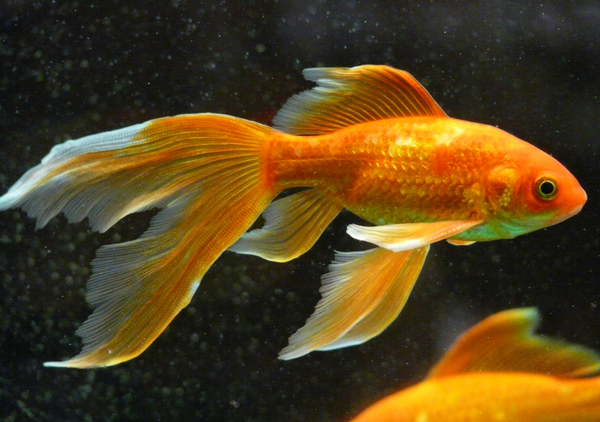If you keep reptiles, amphibians, tarantulas, or even insect eating fish or small animals; then you know keeping live feeders alive for more than a few days can be challenging. We’ve written this article to help you get the most longevity and nutritional content from your feeder insects.
Crickets
Crickets have a life span of 8-12 weeks. When kept properly, you should be able to keep more crickets alive for the duration of their lifespan.
1. Housing
While it is convenient to keep your crickets in the tub from the store, it’s not recommended. These containers lack adequate space and ventilation. Exo Terra’s Cricket Pens are great housing options if you buy anywhere between 25-100 crickets. If you buy in bulk (i.e., 1000+ crickets), having a 10-gallon tank to house them in is recommended. Include egg carton or other similar materials in their container to increase the surface area available. This will cut down on overcrowding issues.
2. Diet
Ensure you feed crickets an adequate diet. This not only allows them to live longer, but it increases the nutritional density for your pet! Pisces offers easy and quick nutritional options in both gel and dry mixes. Gel options provide both food and water, or just hydration depending on the formulas. Dry mixes are nutritionally packed, but you will need to ensure you add a source of hydration. You can also feed fresh fruits and vegetables - options include potatoes, carrots, romaine lettuce, and apples. Be sure to change out/refresh the food daily, because it can collect bacteria and mold very quickly.
3. Climate
Keeping your crickets in a cool and dry place. Crickets thrive in temperatures between 15-20°C. Warmer conditions increase their metabolism and waste production. Both of these can lead to a shortened lifespan.
4. Cleanliness
Clean your cricket’s container daily. Remove dead crickets, uneaten food, and excessive waste. When you are putting a new batch of crickets in the container, do a full clean and sanitize to reduce the chance of cross contamination.
Mealworms – Waxworms – Butterworms
Keeping mealworms, butterworms, and waxworms is easy. Simply place them in the fridge. This ensures that the “worms” won’t pupate and turn into beetles! If you need to grow them out a bit, or want to gut-load them, keep them in a cooler area (10-20°C) and offer food. For food you can put in pieces of whole wheat bread or use bran as their substrate. Offer carrots or potatoes at least every other day to ensure hydration. These should be removed after 1 day.
Superworms
Properly fed superworms will keep longer before pupating. Refrigeration can lead to premature death as they don’t handle cool temperatures well. Superworms do best between 15-20°C. Bran is a good substrate for them as it offers a constant food source. Top up the bran every few days as they have large appetites. For moisture and additional sustenance, offer slices of apple, potato, or carrot, and change them out every 1-2 days!
Flightless Fruit Flies
Keeping fruit flies is simple. They have everything need inside of the container you purchase them in! Simply feed your pet by shaking out the amount you need into another container, and dust them with calcium and vitamins. Be sure to keep a good amount in the container between feedings, they will breed and keep the culture going. A fruit fly culture typically last for about a month. Keep the fruit flies at room temperature and out of direct sunlight.
If you’re not sure what the best feeder insect or variety of feeder insect is for your pet, give us a call or visit us in-store today!




